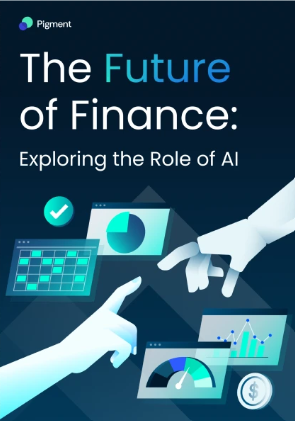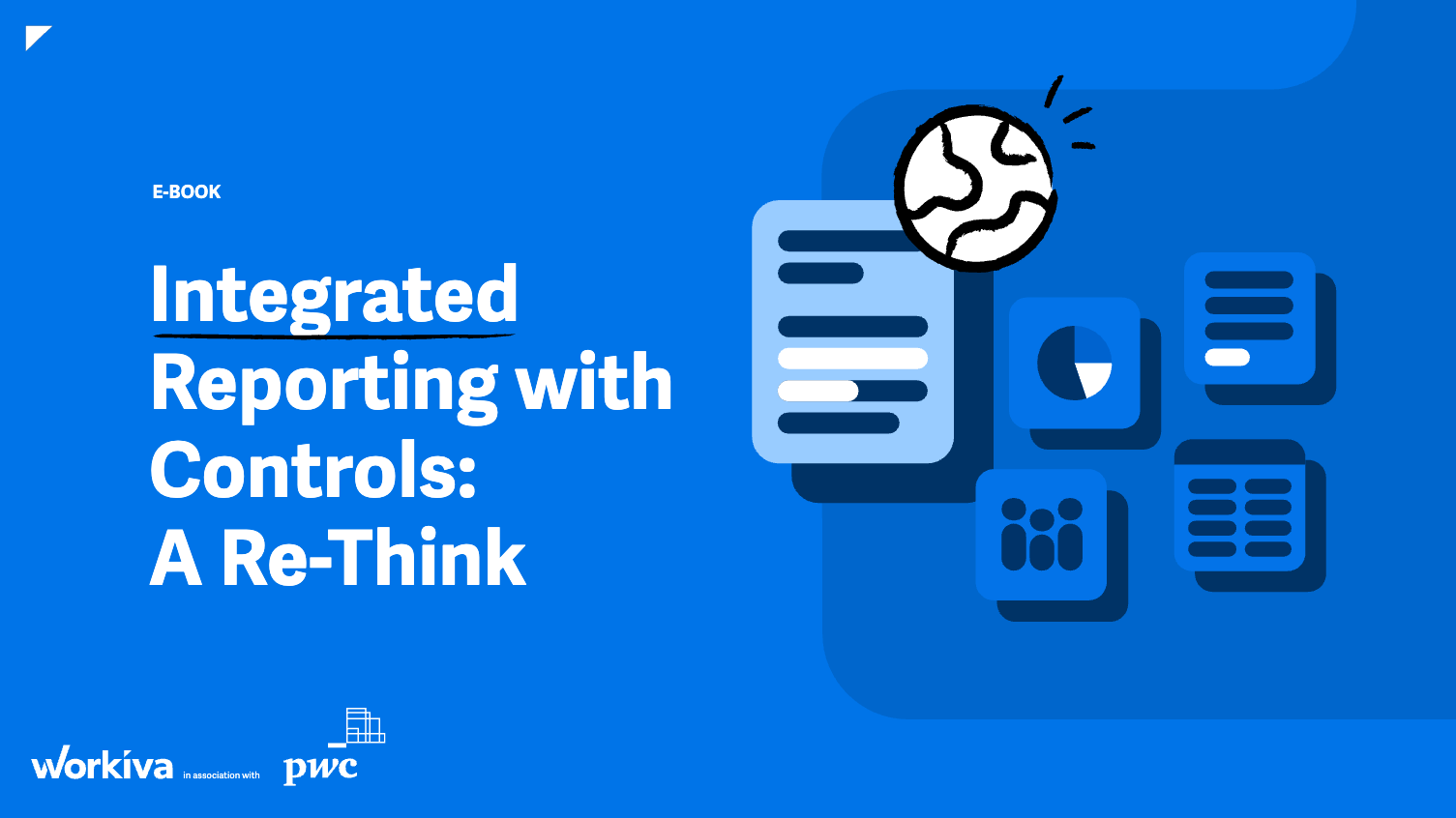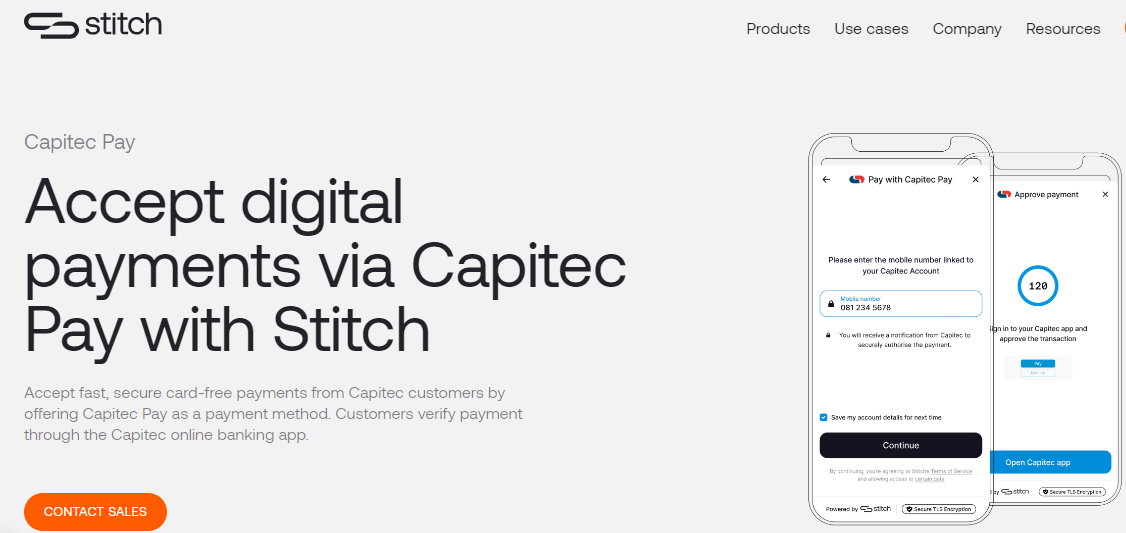Introduction
In the narrative of banking sector, operations play a crucial role. The ever encompassing role of research, analysis and strategies is essential in understanding as well as laying the foundational framework of the banking sector.
The tectonic shift between loyalty strategies and insights shows need to revamp and understand the mechanism. The mechanism that works for the relationship between banks, consumers, governments, institutions, markets and overall economy.
Research around Importance of Banking Strategies
According to recent Accenture research,
Banking customers view loyalty as a two-way street: they are open to being loyal to one primary bank, but they want their bank to recognize and reward this loyalty. And while the majority of banks claim to be customer-centric, less than 15% actually reward customers for their holistic relationship with a bank.
Manufacturers must deepen their product innovation and ability to scale up. At times, they will rely on other financial institutions to market their products, via partnerships or white labeling. Banks taking the distribution route have the reverse challenge of unbundling activities, then finding and managing other parties to provide them.
How Banks are Reinventing Loyalty Strategies
- Banks can strengthen fraying customer connections with life-centric solutions and better engagement across digital and physical channels.
- Most digital channels today are less than helpful in forging personal connections with customers.
- Our research reveals bank customers across generations still value branches, which they use for specific, important transactions.
- By taking steps to build more meaningful personal relationships, banks could boost revenue from primary customers by up to 20%.
The Winning Loyalty Strategies
The strategies developed by banking institutions should be able to answer basic questions regarding customer’s satisfaction. The level of trust of consumer’s base on any banking institution firmly builds on coherence, trust, quality of services, convenience, and ease of mechanism.
The winning loyalty strategies answer two basic questions:
- How loyal are your customers?
- Do they feel truly rewarded for their ongoing relationship with your bank?
Issues of setback in Banking Institutions
How can banks act now to deepen engagement through integrated products and services? And how do they need to evolve to reinforce loyalty among the next generations of banking customers?
The answer is invest now or pay later for banking institutions.
Key Recommedations
In order to design an efficient mechanism, focus should be drawn on growing appetite and the nature of inclination of the consumers. Often, consumers hold positive feedback with their main bank but shallow levels of inclination. Thus, further increasing chances of frequent shifts among banking services.
- Reward Sharing
- Partner Rewards
- Mobile Passes
- Incentivized content consumption
Reinventing Loyalty around personal pleasure
The concept of loyalty is ever-evolving. The mechanism is driven partly by the data and partly by the analytics. For the sector of banking, it has various implications.
The need is to create a transition from a transactional reward-based concept to a form of loyalty much deeper. This personalized experience requires a revamp creating pleasurable experiences. This has a requirement of creating data sharing via APIs, augmentation of data, and a new methodology of pricing and value mechanism.
Consumer’s Approach
The points-based, transactional concept model is already stuttering according to the 2017 COLLOQUY Loyalty Census.
It found that while loyalty memberships across the US have increased, growth is consistently slowing down. And that, while the average US household has more than 29 loyalty memberships, they are only active in 12. Furthermore, 28% have left a loyalty program before redeeming a single reward.
This trend has been spurred by the migration to cloud solutions, and will further accelerate with the spread of distributed ledger technology, smart contracts and open application programming interface (API) systems that integrate activities across the financial system. Banks will have to redesign processes to understand and monitor activities handled by external providers, not by the bank itself.
Case Studies
The decision of who consumers choose to share their data with will come down to brand elasticity and the ability to embrace new ways of talking and listening. Can the brand stretch to accommodate new services delivered in new ways to consumers? Can the brand manage the reputational risk if something goes wrong?
Amazon is the the best example here. It doesn’t seem to matter what you put the word Amazon in front of – Amazon Balance, Amazon Pay, Amazon Key, Amazon Prime, Amazon Fashion – it makes sense and there is an implicit positive association around the extension because when things go well you expect it, and when things go badly they fix it.
Try that with other familiar brands – financial and non-financial – and you will see what this means. Banks in particular tend to be heritage brands, with proven resilience only within their historic heartland.
Need and Gradual Strategic Shift
The Banking and Financial sector has faced various disruptions compelling banks to make clear strategic decisions. These tectonic disruptions have brought a push to create explicit decisions. The need for differentiation further enhances the industry’s economics.
Large technology firms such as Internet giant Alibaba in China and messaging giant Kakao in South Korea have also been moving into markets such as payments, raising customers’ expectations for better digital tools and simple, convenient service.
Key Issues reinventing Loyal Strategies
Ever-stricter capital and liquidity requirements by regulators have reduced banks’ own balance sheet leverage. Low interest rates and low economic growth intensify the pressure.
As a result, more banks are making difficult strategic choices. Some have exited countries where they had invested heavily for many years; Citibank and HSBC, for example, have decided to leave consumer banking in Brazil. Others are reinventing their core identity, with Citigroup CEO Michael Corbat characterizing Citi as “a technology company with a banking license.”
Difficult as strategic choices may be, banks are finding it even more challenging to adapt their operating models quickly to a new strategy—indeed, it’s often the biggest obstacle to implementing a distinctive strategy. Much effort and money today goes into operating legacy processes and dealing with regulatory requirements to keep the bank running.
Conclusion
Just as banks have been relearning the art of strategy to build competitive advantage, they also must develop operating models uniquely suited to their strategy, rather than models based on generic industry benchmarks.
Banks will have to rethink the role, structure and processes of critical functions such as IT, risk and compliance. For instance, more banks are moving to open architecture, which means they no longer have complete end-to-end control internally of their IT systems or data.
Gartner estimates that banks on average spend roughly 60% of their IT budgets to maintain legacy IT systems vs. just 24% to grow the business and 16% to transform it. The global financial crisis, moreover, prompted a greater aversion to risk, and many banks’ legacy talent pools, processes and IT systems remain ill-suited to major change.
References
Banking Consumer study uncovers hidden value. (n.d.). Accenture. https://www.accenture.com/us-en/insights/banking/consumer-study-banking-reignite-human-connections
Bank loyalty programs: 10 successful examples. (n.d.). https://www.openloyalty.io/insider/bank-loyalty-programs-10-successful-examples-2022
Nemes, A. (2023, February 5). Financial Services Loyalty Programs: A complete guide. Antavo. https://antavo.com/blog/financial-services-loyalty-programs/
New bank strategies require new operating models. (2020, January 15). Bain. https://www.bain.com/insights/new-bank-strategies-require-new-operating-models/








Leave a Reply